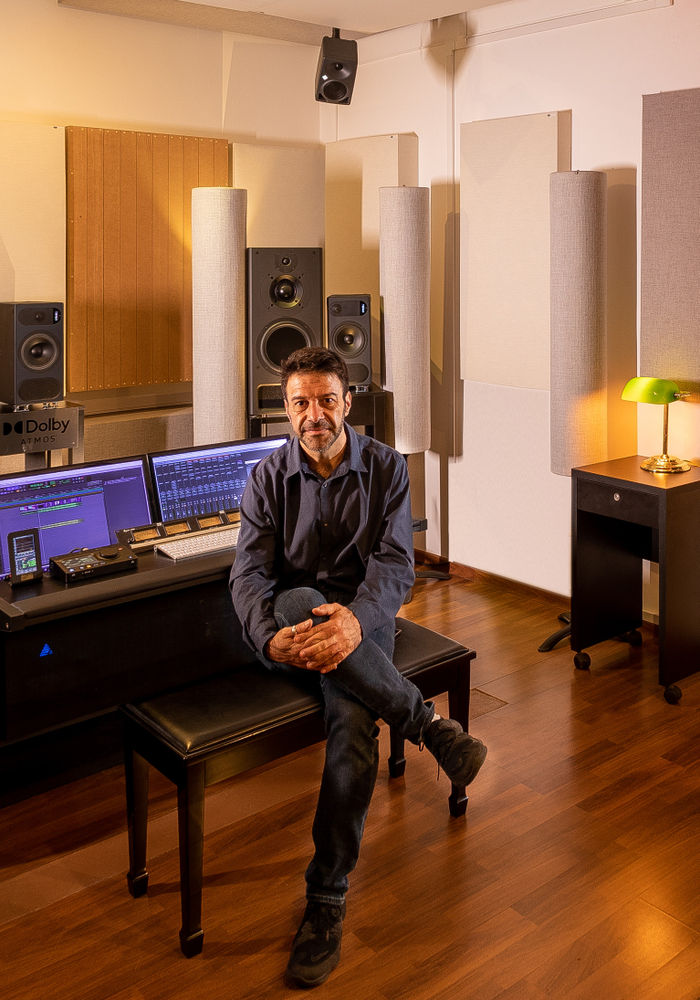Headliner hears from Brazil-based mastering engineer Mauricio Gargel about his career to date, working in Dolby Atmos and the Merging Technologies kit that forms the cornerstone of his studio…
While Dolby Atmos may be the buzz term of the pro audio and music industries today,
Brazilian mastering engineer Mauricio Gargel was studying for a master’s degree in object-based mixing for music as early as 2010. Already actively involved in the audio world prior to moving to Nashville in 2011 to attend the Middle Tennessee State University for three years of study and a year of placement, he returned to Brazil in 2014 to set up an analog mastering room that was configured for stereo and 5.1.
In addition to music mastering, there was some documentary work that helped build up the reputation of the studio, but the real catalyst for change was the onset of the Covid pandemic in early 2020. Lockdown restrictions meant more working from home, which could not be done with the existing analog gear, prompting Gargel to consider working ‘in the box’.
It was at this time that he discovered Merging’s Anubis. Several questions were raised at the same time: would he regret selling all the analog gear; would Anubis do what it should; would it be stable; would his clients accept it?
The initial learning curve was quite steep, especially due to the fact he had to have a new network set up at the same time as getting used to the new workflow. This provided an opportunity to expand to an immersive system that would be capable of mastering Dolby Atmos for music and other formats that might be requested. The addition of a Merging Hapi allowed for the additional channels to feed the 14 speakers, with Anubis controlling everything. With the system complete, it was just a matter of arriving at the studio, switching on and getting to work.
The majority of clients had traditionally been independent artists who saw the opportunities of working in Dolby Atmos but found the budget a challenge. That changed in September 2021, when Universal Music and Apple contacted Gargel asking for projects to be formatted and mastered for Atmos. At the same time, video and film clients started to contact him for repurposing 5.1 projects.




